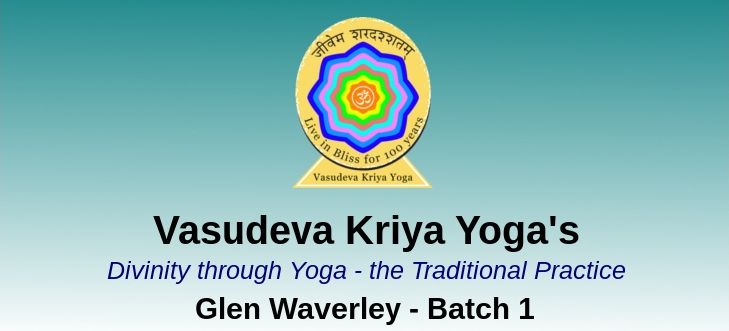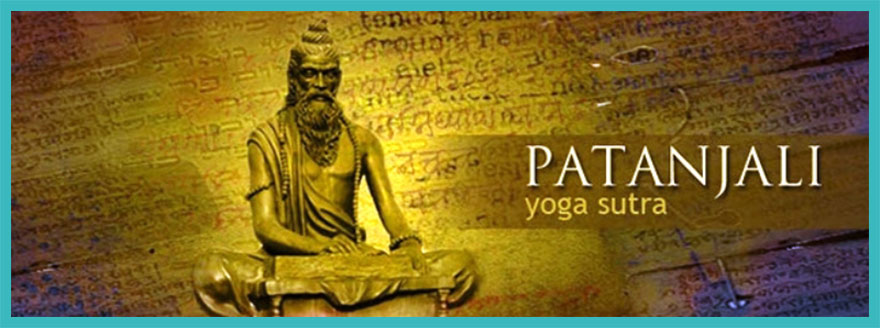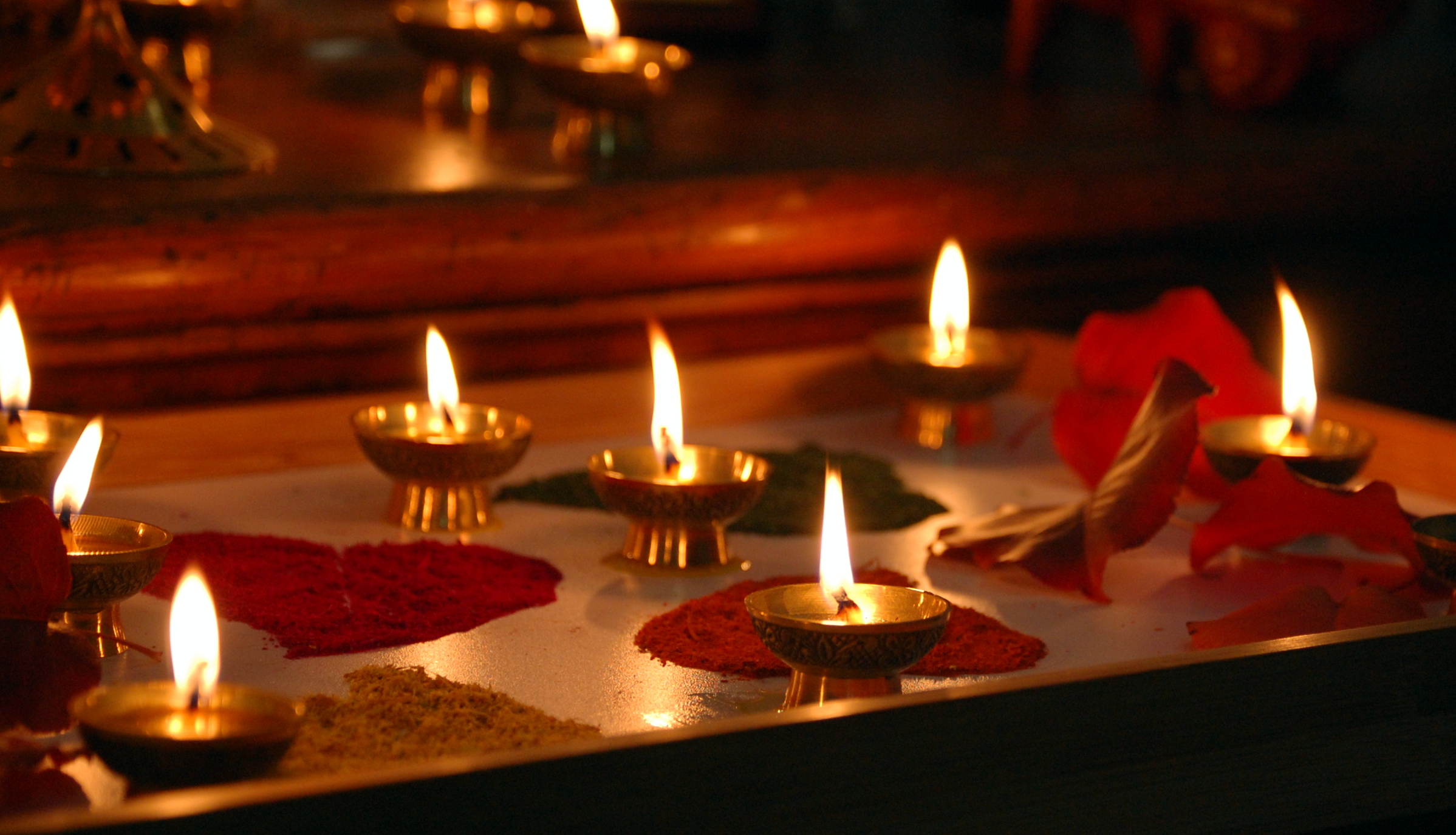

Blog Sub Title



We will see each Sutra under a unique light in forthcoming articles.

Deepawali Greetings! Deepawali means chain of light. For a saadhak ( practitioner of higher knowledge) this is not merely external light.
Deepawali is celebrated on the new moon day. This year Deepawali falls on the 11 of November 2015. Deepawali also signifies return of triumphant Lord Shri Rama to Ayodhya after vanquishing evil forces such as Ravana. For many people Deepawali is a day of Lakshmi and they use this day as launch of financial new year.
The day before Deepawali which is on the 10 November 2015, is celebrated as Naraka Chaturdashi. This day signifies the killing of Narakasura by Lord Shri Krishna and release of over 16,000 women who were held captive by Narakasura.
Three days before Deepawali (on the 8 November this year), a lamp is lit in the evening, facing south; it is called as Yama deep. This signifies the removing of untimely death (apa mrityu) in the house.
The day after Deepawali is celebrated as Bali Pratipat. This day signifies the curbing of ego of a noble but arrogant king Bali by the Lord in the form of a dwarf boy Vamana.
Apart from the above Puranic stories, Deepawali has a deeper spiritual meaning to the yoga practitioners. Outer light requires gross materials and when the gross material is consumed, the light extinguishes. Light means knowledge and it is fathomless. Inner light is permanent and is the source of real joy and peace. With one’s light, we can illumine the light in another person’s heart. Because of this Light all the other lights are illumined. Shri Krishna, in Bhagawat Gita, says:
jyotishaamapi jat jyoti tamasa param uccyate |
jnaana jneyam jnaana jamyam hridi sarvasya vishthitam ||13-18||
Light of all lights resides in everyone’s heart; only through knowledge and contemplation this can be experienced.
Once one experiences this light, one must share with others and enlighten others. As theupanishad mantra says tamaso ma jyotirgamaya – Let us move away from darkness and move towards Light. This is the real Deepawali celebration!
Shri. Rajendra Yenkannamoole – Founder Vasudeva Kriya Yoga